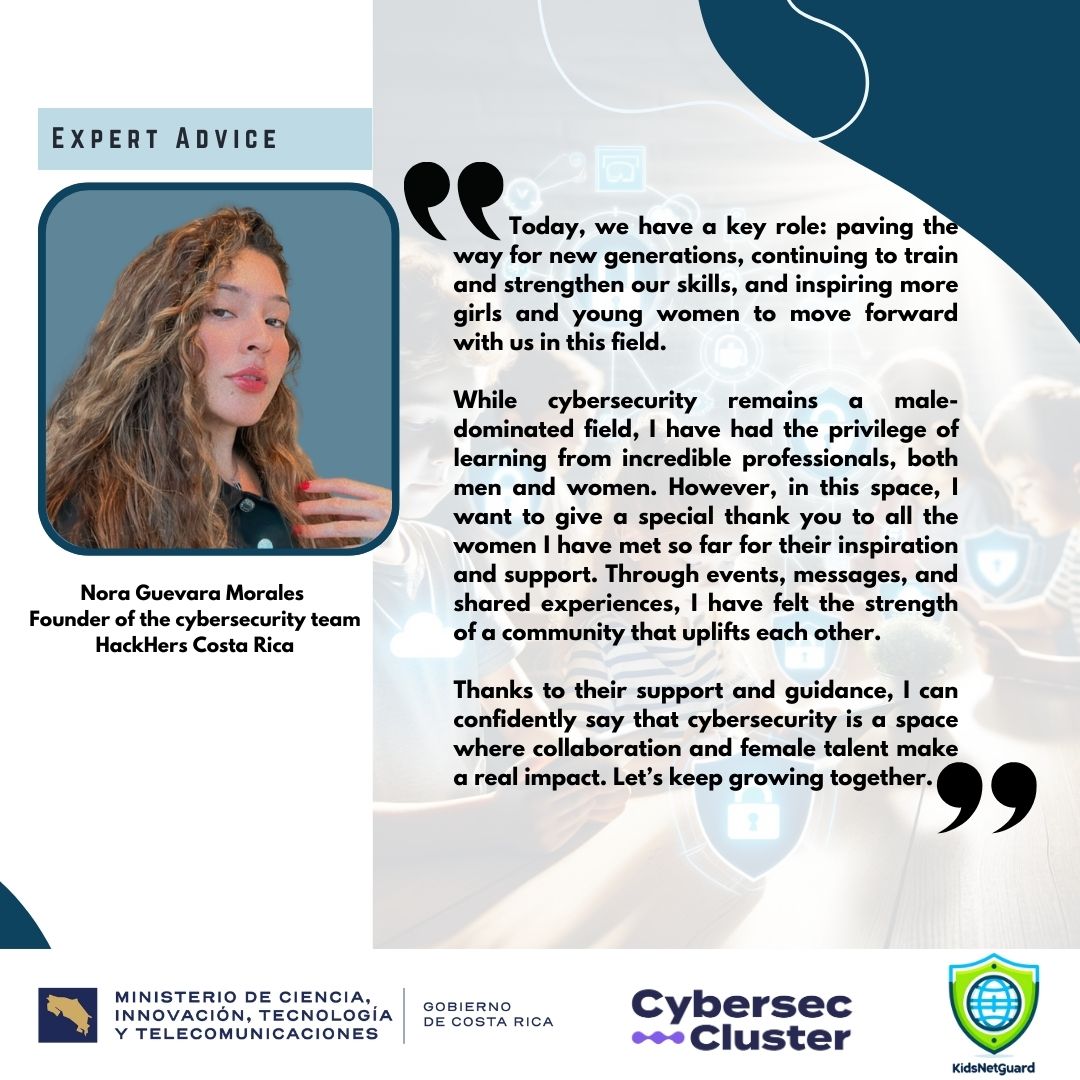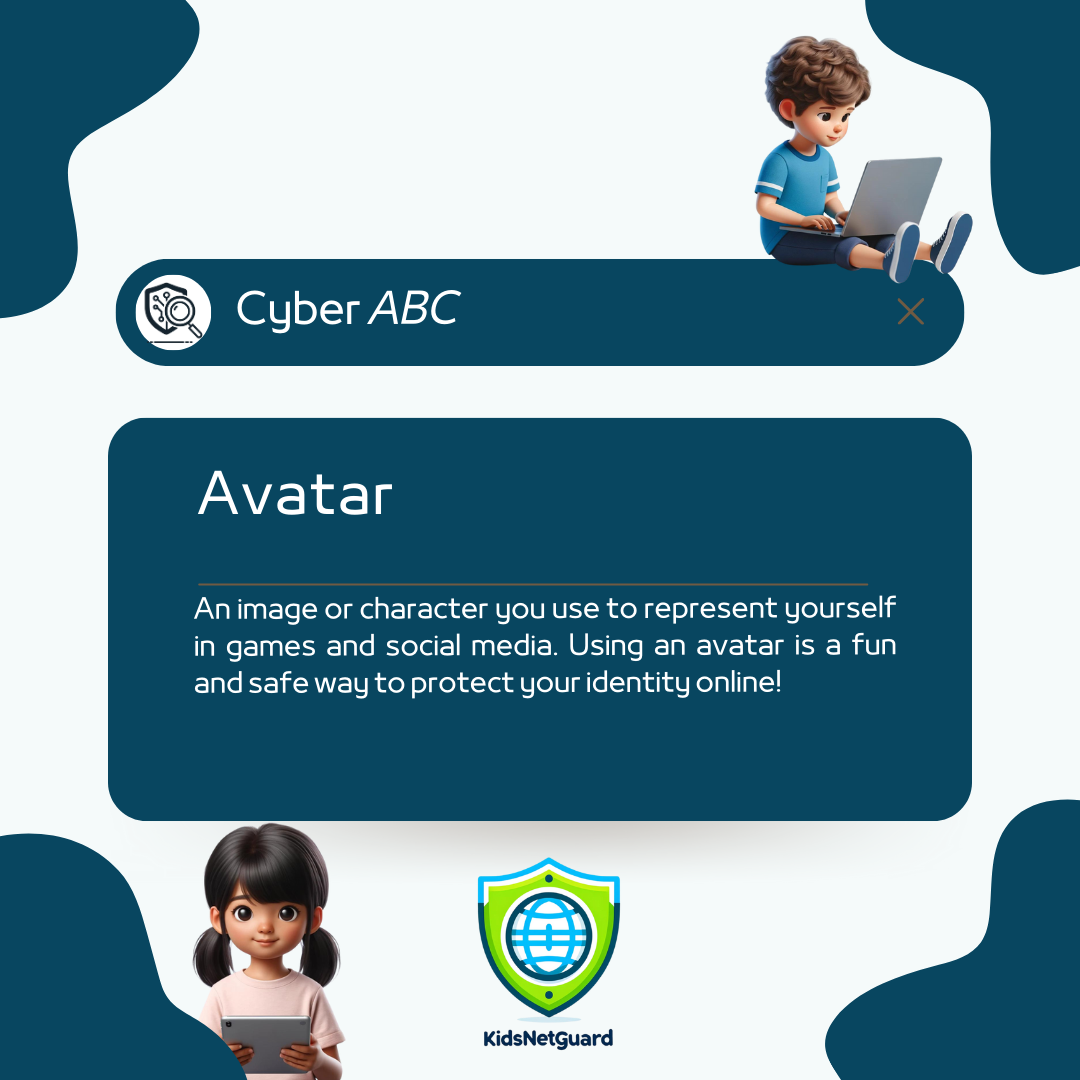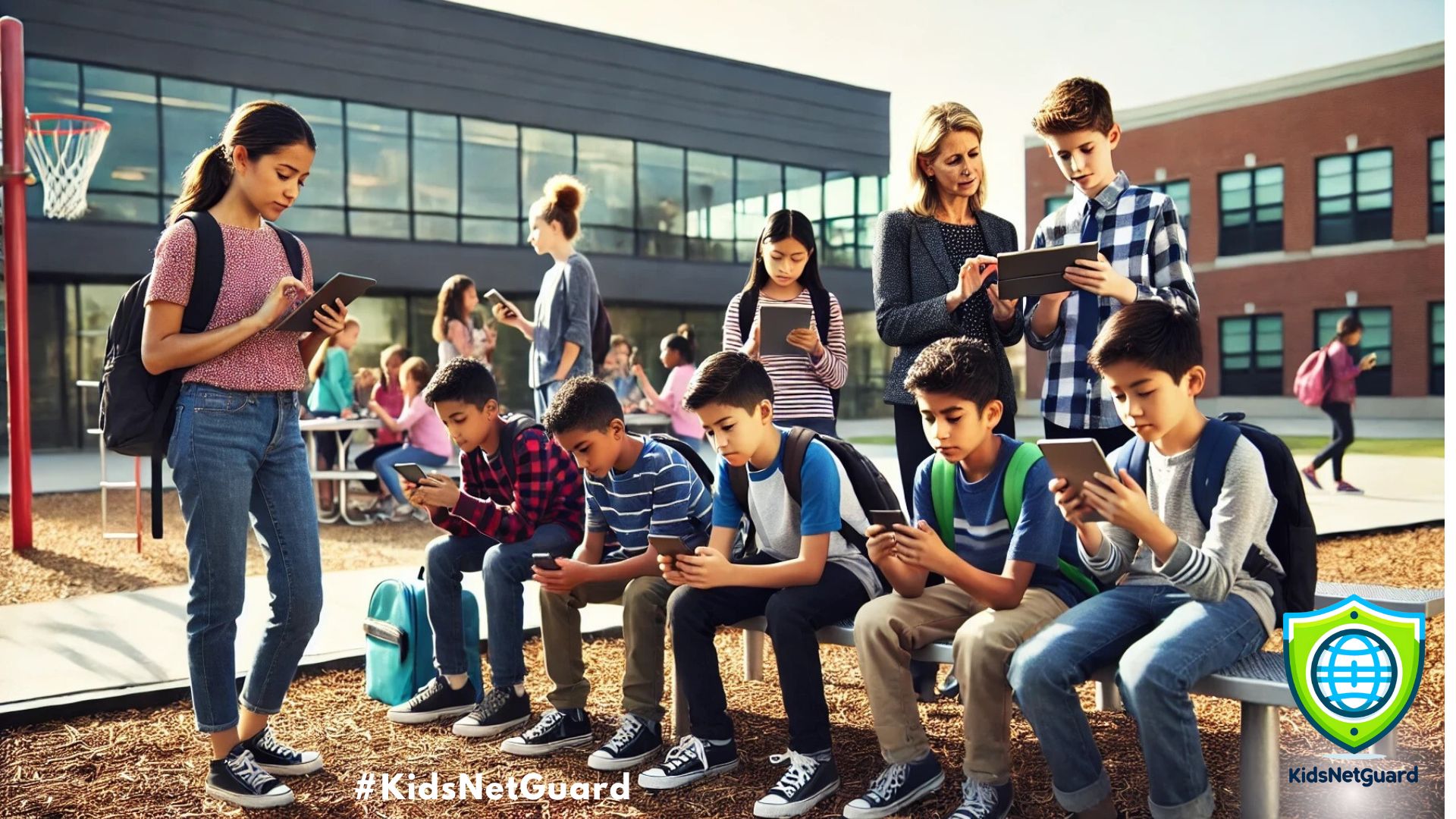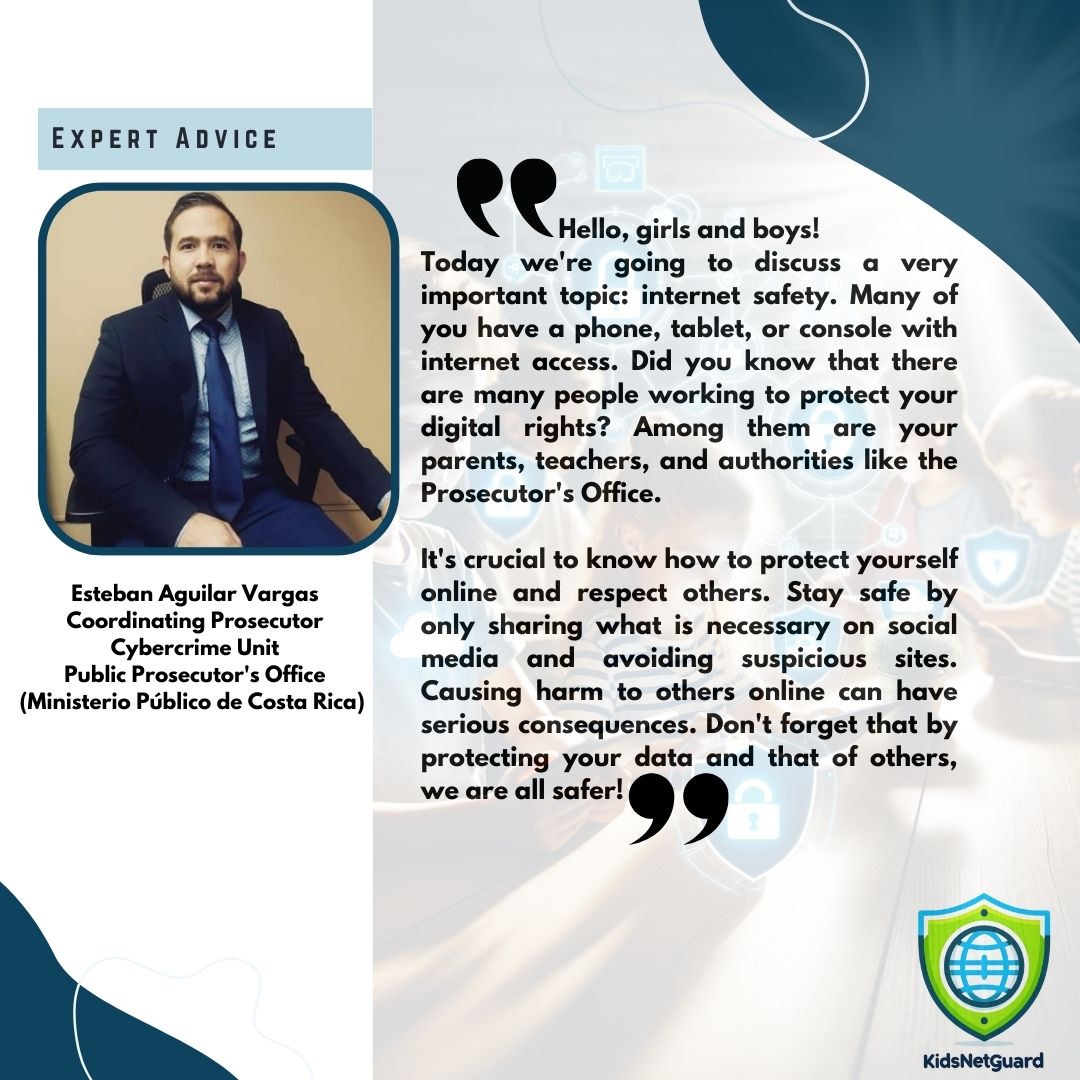Beyond control: Evaluating parental controls and the active role of parents in children’s cybersecurity
Can parental controls alone protect our children in the digital world? In an increasingly connected environment, where children access mobile devices at a very young age, many parents turn to these tools as a barrier against online risks. However, is this technological dependence enough, or are we forgetting the fundamental role of education, example, and family communication?
Parental controls have evolved significantly: they allow filtering content, limiting screen time, monitoring activities, and even tracking the child’s location in real time. Some of the main benefits include:
- Multiplatform accessibility: Many solutions are available for iOS, Android, Windows, and home routers.
- Granularity in blocking: Restrictions can be set by category (games, social media, adult content), schedules, or app type.
- Detailed reports: Tools like Qustodio, Norton Family, Google Family Link, and Bark provide browsing history, app usage, and alerts for suspicious activity.
However, they also present relevant technical and social limitations:
- Easily bypassed by skilled minors: Children with intermediate knowledge can disable or bypass controls using VPNs, guest accounts, or device resets.
- Learning curve for parents: Not all families are proficient in advanced settings. A lack of digital literacy may leave protection gaps.
- Cost and scalability: Full-featured versions require payment, and not all families can afford premium solutions. Some free versions are too limited.
- False sense of security: Many parents believe that by installing parental controls, they no longer need to engage or supervise. This leads to incomplete protection.
Parental controls are a valuable tool, but they cannot replace educational efforts or family bonding. The key is not to limit out of fear but to teach how to navigate with discernment.
A truly effective approach to digital child protection does not rely solely on technological tools, but on a comprehensive strategy that begins with early cybersecurity education. From a young age, children should learn what information is safe to share, how to identify dangerous messages or behaviors, and what to do when facing situations like cyberbullying. This kind of learning is only possible when constant communication is cultivated at home—a space where children feel comfortable and safe sharing their online experiences without fear of judgment. It is also essential to establish clear rules and healthy digital routines, such as setting screen time schedules, maintaining screen-free zones—like during meals or before bedtime—and encouraging intentional moments of disconnection. Perhaps the most powerful pillar, however, is leading by example at home: parents who avoid checking their phones during family time, who don’t post photos of their children without consent, who don’t accept strangers on social media or click on suspicious links, are teaching more about digital responsibility than any control app could. This alignment between words and actions is what truly shapes responsible and safe digital citizens.
And also… respect existing digital rules!
A common mistake is thinking, “all kids do it, so it’s okay for mine too.” Allowing or facilitating access to platforms like WhatsApp, TikTok, or online games by altering a child’s real age sends a contradictory message.
- Age restrictions exist for safety, privacy, and to prevent exposure to inappropriate content.
- Giving a child a phone without supervision or lending your own without limits delegates digital safety to chance.
- When an adult helps create an account with false information, it reinforces a culture of rule evasion.
Respecting age limits and teaching why they exist is an act of coherence and protection. As parents, we must also model digital integrity.
Practical Recommendations for Parents
- Don’t rely solely on parental controls: Use them as a complement, not the only solution.
- Set limits together: Involve your children in setting boundaries and explain the “why” and “how.”
- Keep them updated: Regularly check for new features, emerging threats, and adapt restrictions as needed.
- Build your digital skills: Free courses on privacy and cybersecurity can empower families.
- Evaluate tools based on your needs. Some suggestions:
- Qustodio: Excellent for cross-platform control.
- Google Family Link: Ideal for families using Android.
- Bark: Useful for monitoring social media and message content.
- Norton Family: Combines security with screen time and browsing supervision.
Parental controls act as a shield, but they are not a substitute for the heart of cybersecurity: trust, dialogue, and education. Raising critical, conscious, and empathetic digital citizens starts at home. Let’s not fear the digital world — let’s teach our children to live in it responsibly.
Now more than ever, true control lies in educating, respecting the rules, and leading by example.








